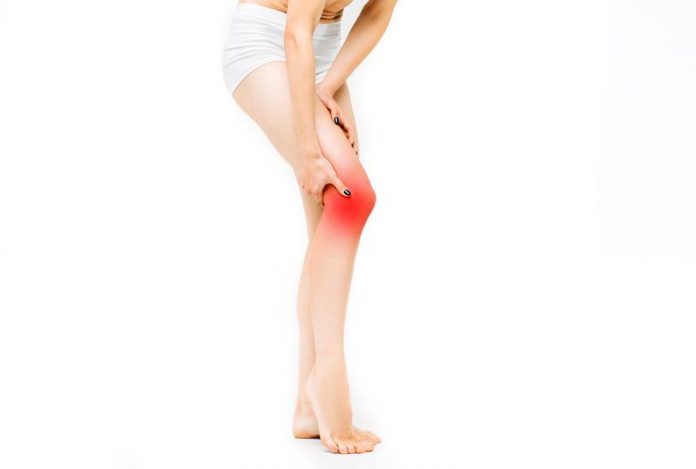Are you experiencing aches and pains in your hips and knees? Feeling stiff at the joints when you wake up in the morning?
Do you have a little swelling and redness at the joints? Notice a crunching feeling or the feeling of bones grating on each other?
It is very likely that you are suffering from osteoarthritis. This common form of arthritis is usually experienced by those past their 50s. Apart from hips and knees, osteoarthritis can also affect your fingers and spine.
What is osteoarthritis? It is the loss of cartilage at the joints. The cartilage acts like a cushion between the bones and helps to smooth the movements of the joints.
When this cartilage wears down, the bones rub each other resulting in pain, stiffness and loss of movement. Sometimes, spur develops too.
The effect of osteoarthritis on people goes beyond just physical limitations. Feelings of helplessness, depression or anxiety may set in. What used to be simple tasks, such as walking up the stairs or opening a jar, now become difficult hurdles. The disability puts a limitation on the jobs you can undertake. And lets not forget the financial downside. You have to deal with treatment costs and lost wages.
Many think that osteoarthritis is part and parcel of growing old. But you know what? It’s NOT. You can take charge of the condition and lessen the effects of osteoarthritis. What’s the secret? Exercise.
The US Arthritis Foundation conducted a research that found 80% of arthritis sufferers who exercised 3 days or more a week reporting an absence of joint pain.
Popular exercises to help relieve osteoarthritis pain include walking, stationary biking, swimming and water aerobics.
For a more effective treatment plan, your exercises should also include those that strengthen muscles such as weights or exercise bands. Stretching exercises help to increase flexibility and range of motion exercises keeps you limber.
Living a physically active life has double benefits as it also promotes weight loss. Being overweight is one of the factors that cause osteoarthritis.
Did you know that if you lose as little as 5 kilograms, you decrease your risk of developing osteoarthritis of the knee?
And if you lose a pound, you successfully relieve your knees off 4 pounds of pressure every step you take?
Although exercise and losing weight contributes greatly to reducing the effects of osteoarthritis, approximately 60% of arthritis sufferers over the age of 55 do not carry out the recommended exercise of three days per week.
This fact comes from Dr. Patience White, Arthritis Foundations’ chief public health officer. He feels it is important to educate people on how a simple exercise like walking can have a tremendous effect on reducing arthritis pain and stiffness.
Other forms of osteoarthritis treatment include:
– Applying heat or cold. Apply heat to relax aching muscles and reduce stiffness. Use cold to reduce any swelling or soreness.
–Medication. The ones most people opt for are nonsteroidal, anti-inflammatory drugs (SNAIDs) such as aspirin, ibuprofen and naproxen.
These medications work well in reducing pain, swelling, and stiffness. However, they don’t make the condition better and they come with side effects. Long-term use could result in problems such as stomach ulcers and bleeding.
How do you know if you have osteoarthritis? If you have a joint that is painful, stiff and maybe swollen for more than two weeks, go visit your doctor to get it checked out.
Apart from age and being overweight, other risk factors for osteoarthritis includes prior joint injuries, inactivity and heredity.
Arthritis may be the number one cause of disability in the US, but that doesn’t mean it is an inevitable health condition that comes with age.
The best thing you can do for yourself is to get active through exercise. Take the steps today to relieve yourself from the aches and pains.

